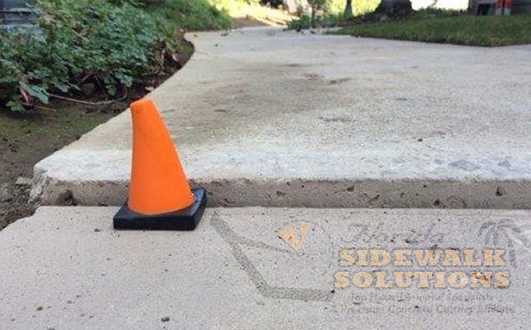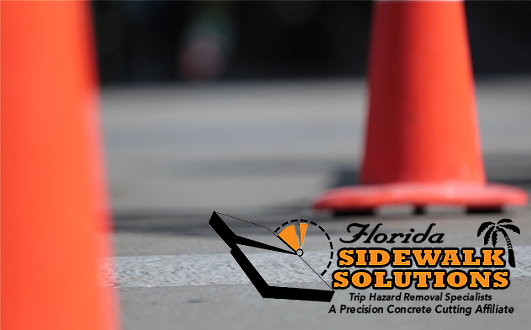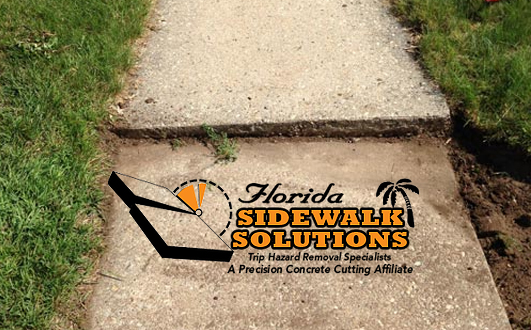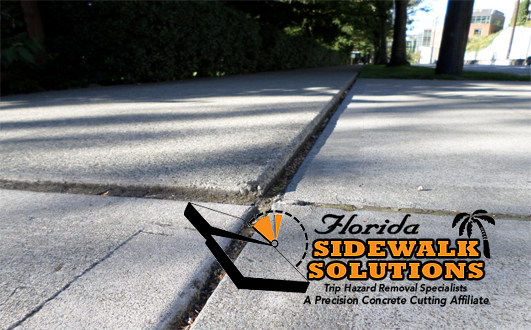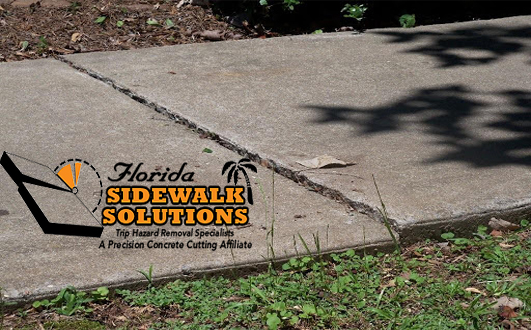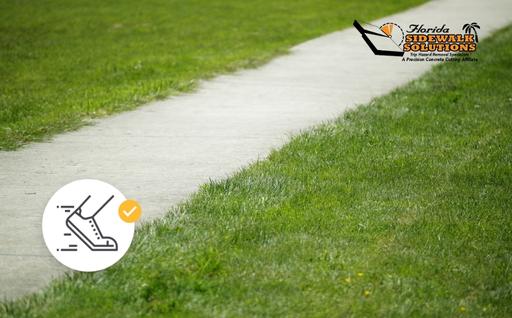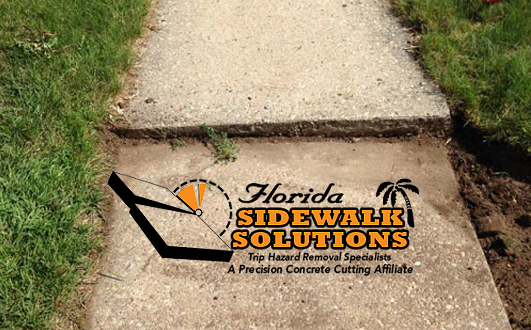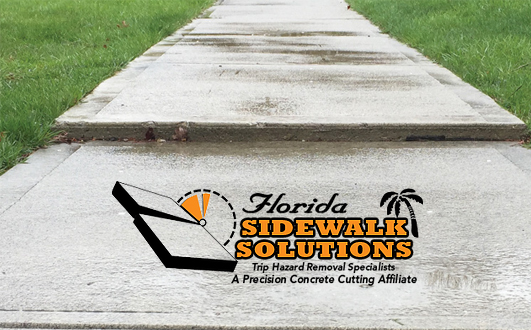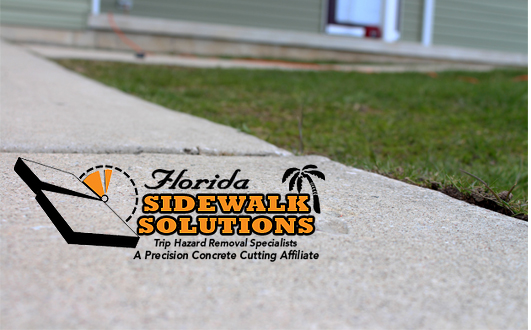The ADA rules and Regulations by FSS
The ADA rules were put into place for good reason, to protect both the public pedestrians and provide property owners and managers ways to ensure they are not liable should an incident occur. If you own or manage property that the public can regularly access such as a store, plaza, strip mall, or anything similar you need to be aware of the ADA Rules regarding your sidewalks and walkways. The Americans with Disabilities Act was introduced in the year 1990, by the federal government. This act, set forth a series of regulations and standards that require property owners and managers to procide3 save, traversable paths for people of all locomotive dispositions and disabilities. This is to ensure people both with and without disabilities can safely pass through a given area, without fear of extraneous dangers or frustrating obstacles that could potentially prevent their ability to proceed.
Florida Sidewalk solutions provide an invaluable service to the property managers and owners of South Florida. Should you find that your walkways or sidewalks fail to meet any of the criteria you find listed below, we can help you bring them back into compliance, and within the scope of the ADA rules. Violations of ADA rules as it pertains to sidewalks, walkways, or ramps are considered ‘trip hazards’. It is again, the responsibility of the property managers and owner to eliminate trip hazards as they come about. Most of the items in the compliance list can be met during the initial construction of the sidewalk or walkway. However, trip hazards will eventually occur over time in even the most well-designed concrete sidewalk or walkway.
Why spend thousands on a new sidewalk, or worse, be liable for injury due to a trip hazard? Call Florida Sidewalk Solutions today for more information on how you can make sure your cracked or damaged sidewalk can be fixed to meet this criterion, without spending an arm and a leg.
Property Owners should be aware of the following Trip Hazard Compliance criteria:
- Width:
In order to properly accommodate mobility equipment such as wheelchairs, a sidewalk has to be a minimum width of 3 feet – or 36 inches. It can be larger, and in fact, if it is less than 5 feet – or 60 inches- wide it will require additional passing spaces at least every 200 feet to allow pedestrians to safely move around each other.
Sidewalk width requirements are especially important for wheelchair-bound individuals. For ADA compliance, the minimum sidewalk width is 36 inches (3 feet), though sidewalks can be wider. - Texture:
Sidewalk texture needs to be pro-friction and slip-resistant. There can be no cracks or uneven areas, which leads us to the next item. - No Trip Hazards
A sidewalk or walkway cannot have a sudden height differential of 1/4″ or more. Over time, the land underneath the sidewalks becomes uneven as well as other factors like damages, erosion, weather, etc. If this height difference exists, it has to be taken care of with a repair before an issue occurs resulting in injury and liability on part of the property owner. - Slope:
A sidewalk Cannot Have a slope ratio of greater than 1:20 at any point or it is considered a ramp- which has its own set of rules. - Curbs:
Curb Ramps are required to safely lead into any sidewalk from areas like intersections. The ramps must be at least 3 feet wide and have a slope less than 1:12.
Call us: 954-514-7218
Related Media: Affordable Sidewalk Repair, Done Right
Follow us on social media: Facebook | Instagram | LinkedIn
![]()


